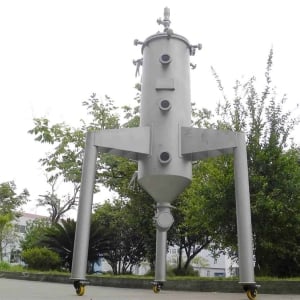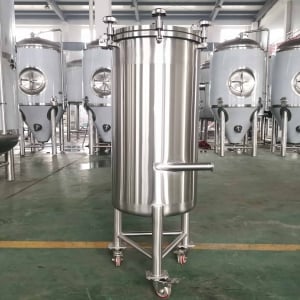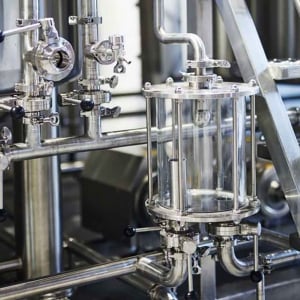3 Vessel Brewing System
Overview of the 3 Vessel Brewing System
A 3 vessel brewing system is a setup commonly used in commercial and craft brewing, consisting of three primary components: the mash tun, lauter tun, and boil kettle. This configuration allows for more control over the brewing process, leading to greater consistency and efficiency. It’s ideal for brewers looking to produce larger batches with high-quality consistency.
The system’s design makes it popular among both professional brewers and advanced home brewers. By separating the mashing, lautering, and boiling phases, each step can be optimized, resulting in a high-quality beer with fine-tuned flavors.
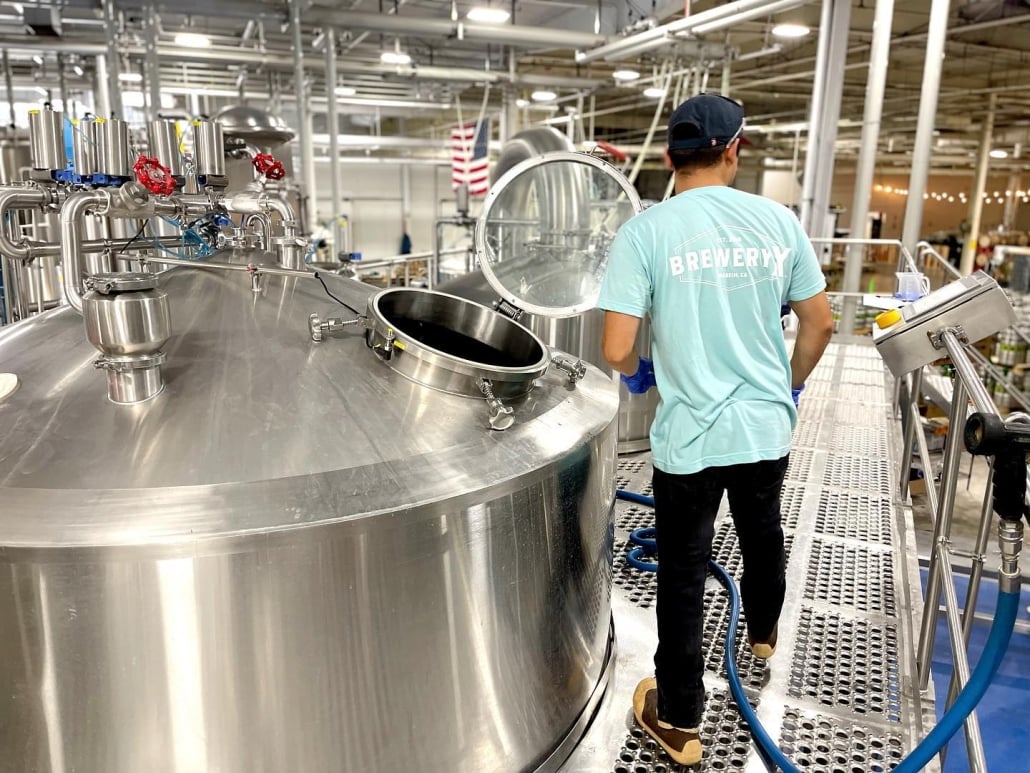
Key Components and Equipment Guide
Understanding the primary equipment involved in a 3 vessel brewing system is crucial for anyone interested in brewing. Here’s a breakdown of each component’s role and how it contributes to the brewing process:
| Component | Description |
|---|---|
| Mash Tun | The mash tun is where milled grain is mixed with hot water to convert starches into fermentable sugars. This is the first step in brewing, setting the foundation for flavor and alcohol content. |
| Lauter Tun | In this vessel, the liquid is separated from the spent grain, a process known as lautering. The lauter tun has a false bottom, allowing liquid to flow through while trapping the grains above. |
| Boil Kettle | Here, the wort is boiled, sterilizing it and allowing hops to be added for bitterness, flavor, and aroma. The boil kettle plays a crucial role in defining the beer’s final profile. |
Each of these vessels can be customized based on the brewer’s needs, and understanding their distinct functions helps brewers maintain quality and efficiency throughout the brewing process.
Detailed Brewing Process in a 3 Vessel System
The 3 vessel brewing process offers distinct advantages in precision and consistency. Below is an overview of each step, detailing how the process works within this system.
Step 1: Mashing in the Mash Tun
The brewing process starts in the mash tun, where milled grains are combined with water to initiate enzymatic activity. This phase, known as mashing, breaks down starches into fermentable sugars.
Why is this step critical? Think of mashing like prepping ingredients for a stew; it sets the base flavor and character of the final product. Precise temperature control during this step can result in a smoother, more balanced beer.
Step 2: Lautering in the Lauter Tun
Once mashing is complete, the wort (sugar-rich liquid) is transferred to the lauter tun, where the liquid is separated from the grain husks. The lautering process ensures that only the clean liquid passes through, which is essential for achieving a smooth, clear beer.
Analogy Time: Imagine a coffee filter catching grounds, allowing only the brewed liquid to flow through. The lauter tun acts similarly, with a false bottom that prevents grains from passing into the next stage.
Step 3: Boiling in the Boil Kettle
In the boil kettle, the wort undergoes a vigorous boil, typically lasting between 60 to 90 minutes. This stage accomplishes several objectives, including sterilizing the wort and incorporating hops for bitterness, flavor, and aroma. Boiling also influences the beer’s final color and body.
Each step, from mashing to boiling, builds upon the previous one, resulting in a well-structured, high-quality beer. The 3 vessel system shines here, as each step can be finely controlled and monitored, maximizing flavor extraction and overall quality.
Types of 3 Vessel Brewing Systems by Capacity and Features
Brewing systems come in different sizes and configurations, tailored for varying production scales and needs. Here’s a breakdown of typical options:
| System Type | Capacity | Ideal User | Unique Features |
|---|---|---|---|
| Pilot Systems | 5-10 gallons | Small-scale home brewers | Compact, affordable, suitable for recipe testing |
| Microbrewery Systems | 1-3 barrels | Microbreweries, craft breweries | Intermediate capacity, robust design, customizable |
| Commercial Brewery Systems | 5+ barrels | Large-scale breweries | High capacity, highly automated, built for consistency |
Selecting the right size depends on your production goals. Smaller systems are ideal for experimentation, while larger systems are designed for consistency and efficiency in large-scale production.
Design, Layout, and Customization of 3 Vessel Brewing Systems
The layout and customization of a 3 vessel brewing system can have a significant impact on brewing efficiency and final product quality. Below, we explore the main design considerations:
| Design Aspect | Description |
|---|---|
| Space Layout | It’s essential to arrange the three vessels to optimize workflow and minimize movement between each stage. Often, systems are arranged in a linear or triangular setup for easy access. |
| Material | Most systems are constructed from stainless steel, which is durable and easy to clean. Other materials may be available, but stainless steel is generally preferred for its sanitary qualities. |
| Control Systems | Modern brewing systems come with automated controls, which help maintain consistency in temperature and timing. Some setups include digital interfaces, while others rely on manual adjustments. |
| Custom Features | Some brewers customize their systems with additional heating elements, insulation for energy efficiency, or larger valves to accelerate the flow between stages. |
Understanding these customization options can help brewers tailor their systems to meet specific goals, from increasing batch consistency to saving on energy costs.
Price Range of 3 Vessel Brewing Systems
Prices for 3 vessel brewing systems vary widely, influenced by factors like capacity, material quality, automation level, and brand reputation. Here’s an approximate guide to help you budget:
| System Type | Price Range |
|---|---|
| Homebrewing Systems | $1,000 – $5,000 |
| Small Microbrewery Systems | $10,000 – $50,000 |
| Large Commercial Systems | $100,000+ |
Investing in a quality brewing system is essential, especially if you’re planning to produce at a commercial scale. A higher price often brings added durability, better controls, and longer warranties.
Installation, Operation, and Maintenance of 3 Vessel Brewing Systems
When setting up a 3 vessel brewing system, careful attention should be paid to installation, operation, and maintenance requirements to ensure optimal performance and longevity.
| Aspect | Details |
|---|---|
| Installation | Installations should be performed by professionals, especially for larger systems. Ensure adequate plumbing, electrical setup, and ventilation. |
| Operation | Understanding each vessel’s role and mastering temperature control are crucial. Many systems come with operational guides to help brewers get started. |
| Maintenance | Regular cleaning is essential. Components like filters and valves require routine inspections and replacement to maintain quality. |
Proper operation and maintenance directly influence the quality of beer produced and the longevity of the equipment. Periodic professional servicing may also be necessary, particularly for high-capacity commercial systems.
How to Choose a Supplier for 3 Vessel Brewing Systems
Choosing the right supplier involves balancing factors such as cost, quality, and after-sales support. Here are some tips to guide your selection:
| Consideration | Details |
|---|---|
| Reputation | Research supplier reviews and case studies from existing customers. A supplier’s history in the brewing industry can be a good indicator of reliability. |
| Customization Options | Some suppliers offer tailored solutions, which can be valuable if you have unique brewing needs. |
| After-Sales Support | A reliable supplier provides robust after-sales support, including maintenance services and access to replacement parts. |
| Cost and Warranty | Ensure the supplier’s prices align with your budget and that they offer warranties on equipment. |
Choosing a supplier can be likened to finding the right partner in a long-term project. Reliability and mutual support are key to a successful brewing operation.
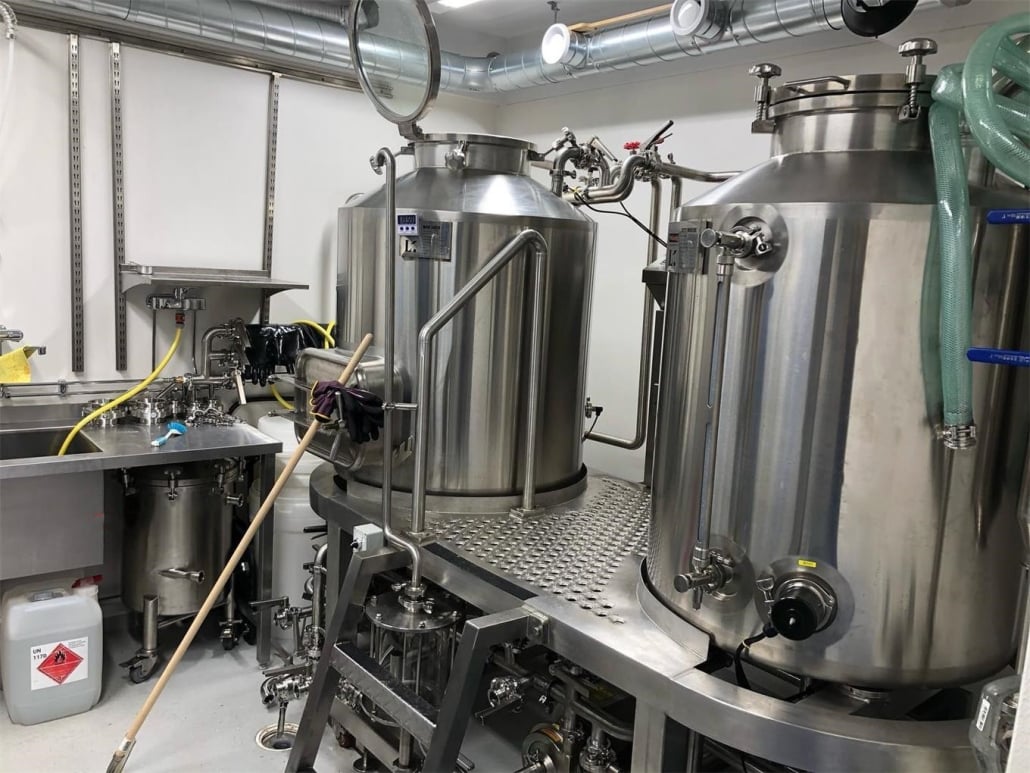
Advantages and Disadvantages of 3 Vessel Brewing Systems
3 vessel brewing systems offer numerous benefits but come with certain limitations. Here’s a comparison to help you decide if this system fits your needs.
| Pros | Cons |
|---|---|
| High control over each brewing stage | Higher initial cost compared to smaller systems |
| Suitable for high-volume production | Requires more space than compact brewing setups |
| Customizable for a range of brewing styles | May need professional installation |
In many ways, a 3 vessel system is like a high-end kitchen—allowing for a professional-grade process, but requiring a larger investment in time, space, and money.
FAQs
| Question | Answer |
|---|---|
| What is the purpose of a 3 vessel brewing system? | A 3 vessel brewing system separates the brewing process into distinct stages, allowing greater control over each step and improving consistency and quality. |
| Is a 3 vessel brewing system suitable for beginners? | While possible, beginners may find it more complex than single or two-vessel systems. It’s generally recommended for advanced brewers. |
| How often should I clean my brewing system? | Regular cleaning after each batch is recommended, with deeper cleaning and maintenance every few months. |




